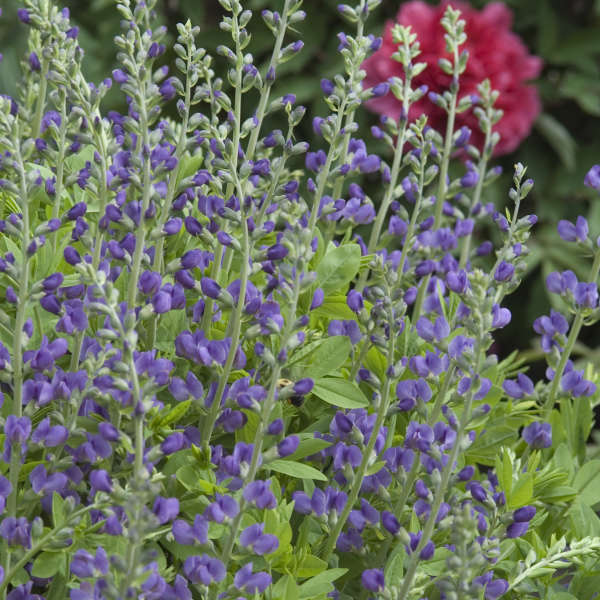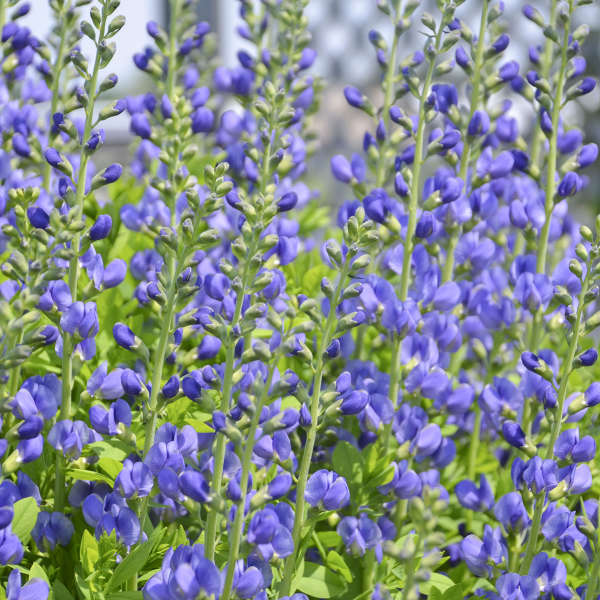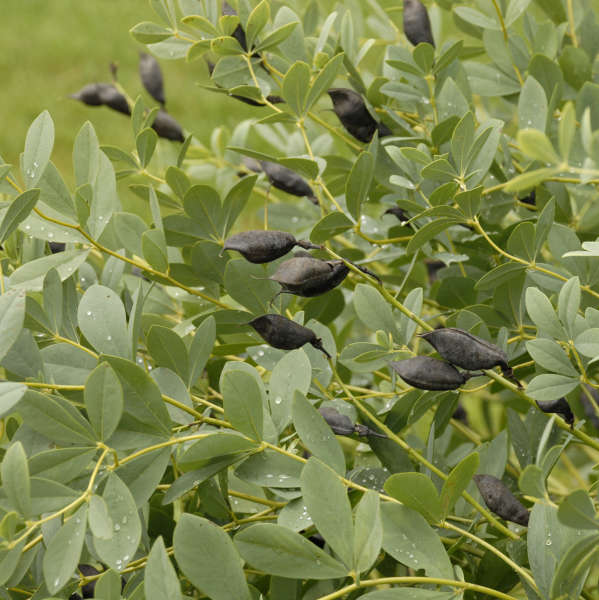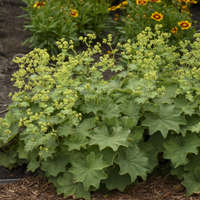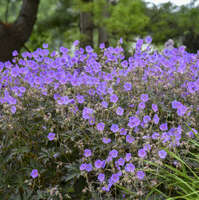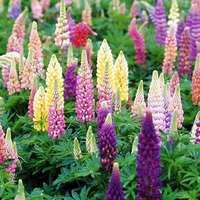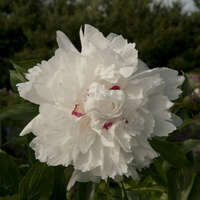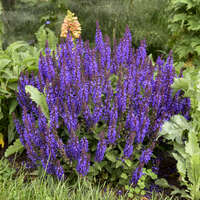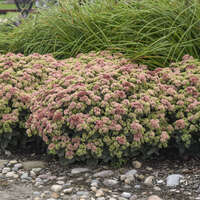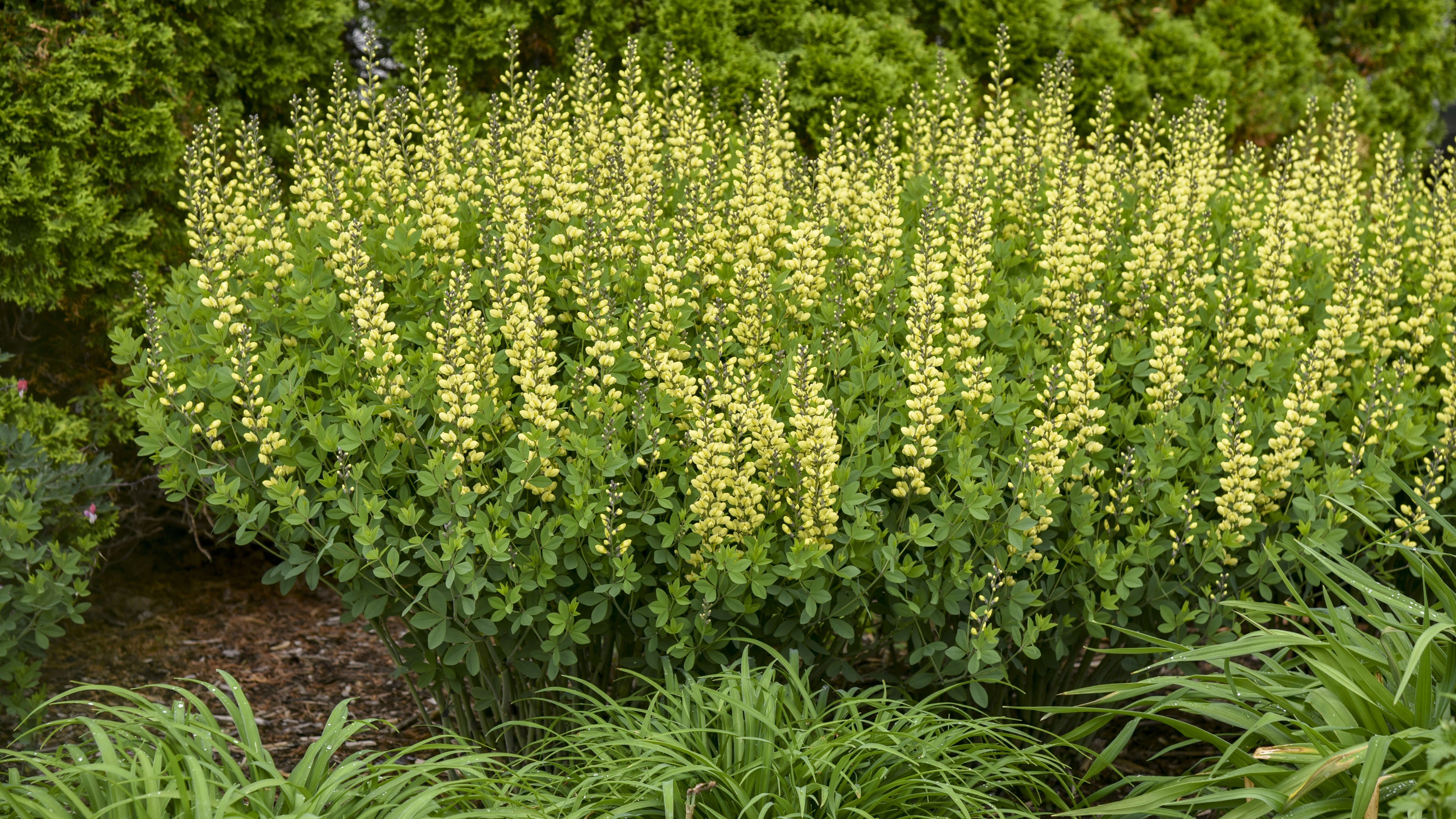Baptisia australis
Common Name: False Indigo
A distinctive perennial with showy indigo-blue flowers carried on tapering spikes up to 1' long. They are held just above the dense, bushy mounds of soft blue-green foliage. The blooms appear from mid to late spring, followed by 2-3" long, black seed pods which remain attractive well into winter. They can be dried for use in arrangements.
Baptisia australis is native to the prairies of North America, so it is easy to grow and will thrive with little maintenance. There are many potential applications in the landscape including meadow plantings, as a backdrop in borders, or as a specimen. Plants are very long-lived once established.
